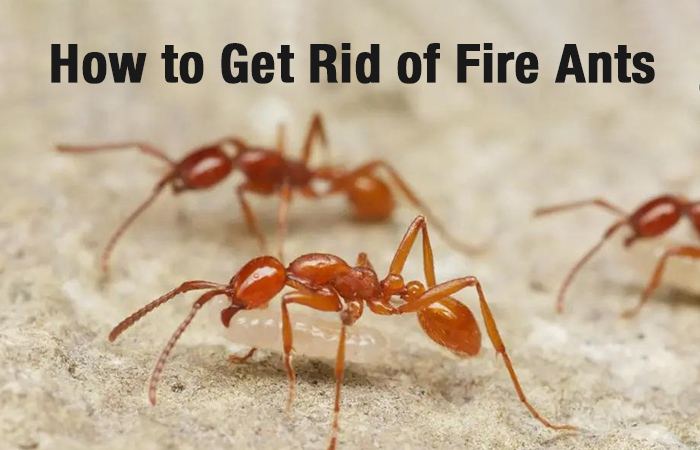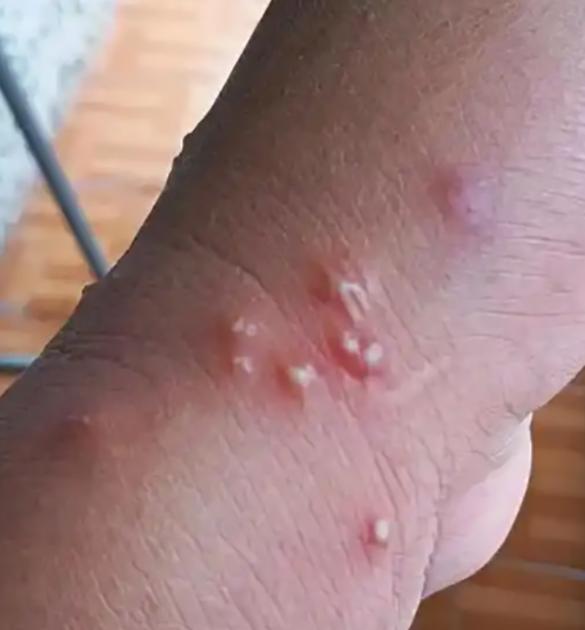
How to Get Rid of Fire Ants: A Complete Guide to Identification and Control
Fire ants are more than just a nuisance; they are a aggressive pests that can turn your beautiful yard into a painful hazard. If you're asking, "How do I get rid of fire ants for good?" you've come to the right place.
Table of contents
What are fire ant
Where do fire ants live
What do fire ants eat
Do fire ants bite or sting
What does a fire ant bites look like
Fire ants vs red ants
How to kill fire ants
How to get rid of fire ants in house
What Are Fire Ants?
Fire ants are not your typical garden ants. The term "fire ant" most commonly refers to the Red Imported Fire Ant (Solenopsis invicta), an invasive species known for its painful sting and aggressive behavior. They are reddish-brown in color and range from 1/8 to 1/4 inch in length.
Understanding their biology is the first step in effective control.
Where Do Fire Ants Live?
Fire ants build distinctive, dome-shaped mounds, usually in sunny, open areas like:
Lawns and gardens
Pastures and fields
Parks and sports fields
Near building foundations
These mounds can be up to 18 inches high and lack a central opening. When disturbed, fire ants will swarm out rapidly to defend their nest. A single property can host multiple colonies, making widespread infestation a common problem.
What Do Fire Ants Eat?
Fire ants are opportunistic omnivores. Their diet includes:
Other insects and invertebrates
Seeds and young plants
Greasy or high-protein foods
The honeydew secreted by aphids
This varied diet is one reason they can thrive in so many different environments, from rural farms to urban backyards.
Do Fire Ants Bite or Sting?
This is a crucial question for safety. Fire ants both bite AND sting.
They use their mandibles (jaws) to bite and grip onto your skin.
They then pivot their bodies and sting repeatedly from their abdomen, injecting a toxic venom called solenopsin.
The sting is what causes the characteristic intense burning pain and subsequent reactions.
What Does a Fire Ant Bite Look Like?
A fire ant sting is easily identifiable. The reaction typically follows this pattern:
Immediate, intense burning sensation.
Redness and swelling around the sting site within a few minutes.
Formation of a sterile pustule (a white, fluid-filled blister) within 6-24 hours.

Warning: Do not pop these pustules, as it can lead to secondary bacterial infection. For individuals allergic to the venom, a sting can cause a life-threatening anaphylactic reaction requiring immediate medical attention.
Fire Ants vs. Red Ants: How to Tell the Difference
It's easy to mistake one for the other, but a few critical differences can help you identify them. The most significant contrast lies in their behavior.
The Key Difference: Aggression
Fire Ants are notoriously aggressive. If you accidentally step near their mound, they will rapidly swarm out and attack, stinging repeatedly.
Common Red Ants are far less aggressive. When disturbed, they are more likely to retreat or may bite only if directly threatened. They rarely swarm.
The Sting: A Tell-Tale Sign
Fire Ants both bite to hold on and sting repeatedly from their abdomen. Their venom causes a sharp, burning pain and results in a white, fluid-filled pustule a day later.
Most Common Red Ants primarily bite and do not have a sting that is as immediately painful or that causes pustules.
The Nest: Shape and Structure
Fire Ants build large, dome-shaped mounds of fluffy soil. These mounds lack a visible central entrance.
Common Red Ants often build nests with a clearly visible central hole for entry and exit.
How to Kill Fire Ants: Professional Strategies
Successfully eliminating fire ants requires a targeted approach. Professionals use a two-step method for best results:
1. Broadcast Baits
Baits are the most effective way to control large infestations. Worker ants carry the poisoned bait, which is disguised as food, back to the colony, where it is shared with the queen and other ants.
How to Use: Apply the bait granules evenly across your entire yard using a spreader.
Timing: Apply when ants are actively foraging—typically on warm, sunny days when the ground is dry.
Key Advantage: Baits can eliminate the queen, eventually destroying the entire colony.
2. Direct Mound Treatments
For individual, visible mounds, a direct treatment is necessary.
Insecticidal Dusters/Powders: These are applied directly to the mound and can quickly kill the ants inside.
Liquid Insecticides: Mixing an insecticide with water and drenching the mound is highly effective. Be sure to follow the product label instructions carefully.
Pro Tip: For the most thorough eradication, use baits and mound treatments together. Apply bait first to reduce the overall population, then treat any remaining mounds 1-2 weeks later.
How to Get Rid of Fire Ants in Your House: A Quick Guide
Found fire ants indoors? Act fast with this 3-step plan.
1. Find the Source
Don't disturb the ants. Follow their trail to find their entry point (e.g., cracks, pipes, windows).
Indoor nests are often hidden in walls, under floors, or behind appliances.
2. Use the Right Indoor Treatment
Key: Use bait to kill the colony, not just the ants you see.
Use Indoor Ant Baits (Gel or Stations)
Place bait near the trail. Worker ants carry it back to the nest, killing the queen.
Be patient; this can take a few days.
Avoid Repellent Sprays
Sprays can scatter the colony, making the problem worse.
3. Prevent Their Return
Clean Up: Wipe counters, store food in airtight containers, and don't leave pet food out.
Seal Entry Points: Use caulk to close cracks and gaps around your home.
Call a Professional If:
The nest is inaccessible (e.g., inside walls).
The infestation is large or persists.
Someone in your home is allergic to stings.
Summary: Use bait, clean thoroughly, and seal entry points.

